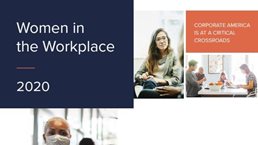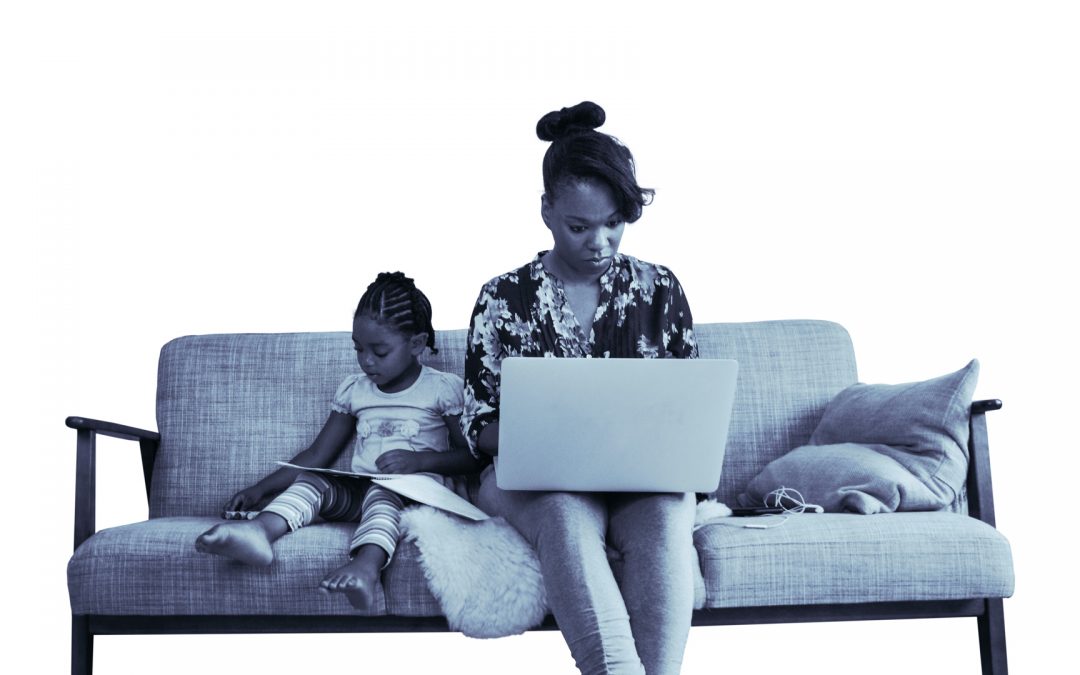Original article: https://www.mckinsey.com/featured-insights/diversity-and-inclusion/women-in-the-workplace
Women in the Workplace 2020
In a year marked by crisis and uncertainty, corporate America is at a crossroads. The choices companies make today will have consequences on gender equality for decades to come.
The events of 2020 have turned workplaces upside down. Under the highly challenging circumstances of the COVID-19 pandemic, many employees are struggling to do their jobs. Many feel like they’re “always on” now that the boundaries between work and home have blurred. They’re worried about their family’s health and finances. Burnout is a real issue.
Women in particular have been negatively impacted. Women—especially women of color—are more likely to have been laid off or furloughed during the COVID-19 crisis,1 stalling their careers and jeopardizing their financial security. The pandemic has intensified challenges that women already faced. Working mothers have always worked a “double shift”—a full day of work, followed by hours spent caring for children and doing household labor. Now the supports that made this possible—including school and childcare—have been upended. Meanwhile, Black women already faced more barriers to advancement than most other employees.2 Today they’re also coping with the disproportionate impact of COVID-19 on the Black community. And the emotional toll of repeated instances of racial violence falls heavily on their shoulders.
As a result of these dynamics, more than one in four women are contemplating what many would have considered unthinkable just six months ago: downshifting their careers or leaving the workforce completely. This is an emergency for corporate America. Companies risk losing women in leadership—and future women leaders—and unwinding years of painstaking progress toward gender diversity.
The crisis also represents an opportunity. If companies make significant investments in building a more flexible and empathetic workplace—and there are signs that this is starting to happen—they can retain the employees most affected by today’s crises and nurture a culture in which women have equal opportunity to achieve their potential over the long term. The rest of this article summarizes the report’s main findings (and you can go even deeper with a behind-the-scenes chat with one of the report’s coauthors on our blog).
 |
Women in the Workplace 2020Download Women in the Workplace 2020, the full 63-page report from LeanIn.Org in partnership with McKinsey.
|
Progress toward gender parity remains slow
At the beginning of 2020, the representation of women in corporate America was trending in the right direction. This was most pronounced in senior management: between January 2015 and January 2020, representation of women in senior-vice-president positions grew from 23 to 28 percent, and representation in the C-suite grew from 17 to 21 percent (Exhibit 1). Women remained dramatically underrepresented—particularly women of color—but the numbers were slowly improving.
Read the whole article: https://www.mckinsey.com/featured-insights/diversity-and-inclusion/women-in-the-workplace

